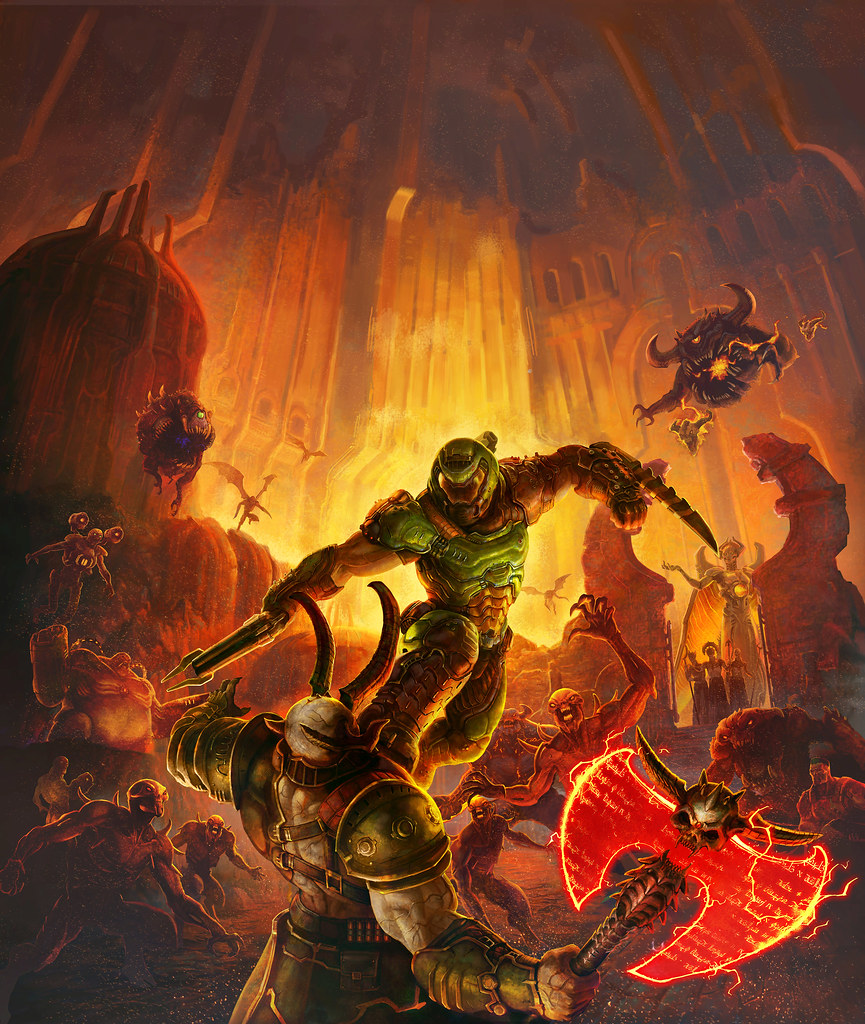By Matt Brown, Managing Editor.
Unlike strategy, where decisions are undertaken before the battle, tactics depend on decisions implemented during battle. A tangible example of this action can be seen in the common board game Checkers, where decisions are implemented during battle.
In Intelligent System’s video game “Fire Emblem Fates,” released in February for the Nintendo 3DS, the company utilizes tactical mechanics to forge the player into a mastermind of pixelated war.
The gameplay consists of battles taking place on a grid-based battlefield, with turns being given for players and enemies. Each unit moves within an area predetermined by their character class. During an attack, the view transitions from a top-down perspective to third-person action.
“Fates” was released in three versions, each following a different storyline centered on the same characters: “Birthright” and “Conquest” as physical releases, and “Revelations” as downloadable content.
“Conquest” was decidedly the hardest of the three releases. “Birthright” was designed for beginners, and “Revelations” is considered a good middle ground between the releases.
The story of the game revolves around two opposing kingdoms, Nohr (a European styled army which “Conquest” is focused on) and Hoshido (a traditional Japanese dynasty featured in “Birthright”). Your amnesiac avatar chooses his/her allegiance around mission five in either title.
For this review, I chose to play “Conquest,” because not only do I like a good tactical challenge, but I was also curious how much infuriated strain my 3DS’s plastic housing could take.
The tense decision making of “Conquest” culminates during a skirmish between two units – which could mean losing your unit forever if you choose to play on Classic mode, like I did. The game uses a simple rock, paper, scissors mechanic when calculating advantages, all while hidden dice rolls decide whether or not you hit, or are hit.
As the game progresses, you have opportunities to recruit new soldiers, all with unique personalities. For example, prince Xander is the eldest of the Nohrian children who is just, but becomes frequently conflicted to his royal duties. These personalities are represented by unit skills, which add to the battle’s tactical outcomes.
Unlike “Birthright,” which requires the player to consistently “rout the enemy,” “Conquest” forces the player to win battles with varied conditions such as: fleeing the battlefield within 20 turns, or uncovering the hidden boss before all your gold is stolen.
These challenges kept me hooked – if not forcefully hooked on the game – as the enemy’s tactics are relentlessly brutal. I attempted chapters multiple times due to units being ganged-up on, or dying due to a unfortunate enemy critical strike. Additionally, the new “dragon vein” mechanic allows players to alter the battlefield for a tactical advantage, which was a pleasant – if not necessary – introduction.
My biggest complaint, however, is the new (and optional) My Castle system that seems shallow compared to the thought-out and varied combat. Though one can build new shops and bet on arena battles in their castle, or defend the encampment from other online players, it all seems like a charming afterthought. Eventually, every castle I visited was a way to cheat the game, with players offering easy victories in order to recruit the same shared overpowered units.
Regardless, playing the game without online recruitment provided me with a rewarding challenge that truly made me feel like a tactical mastermind after a hard earned victory. The intense difficulty of “Conquest” combined with an intertwining campaign proposed that win or lose, I came back hungry for a fresh challenge.
